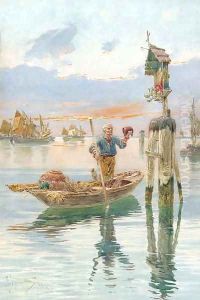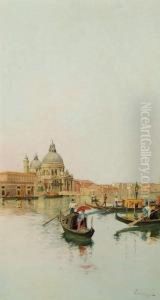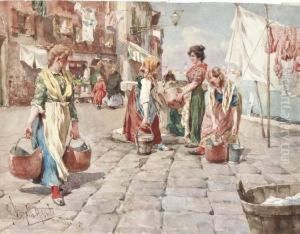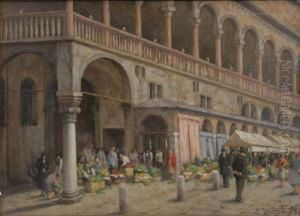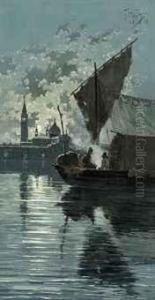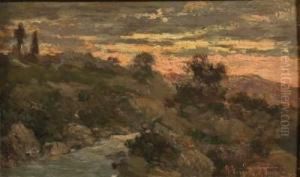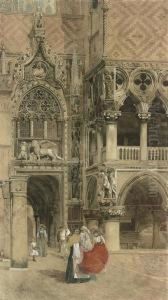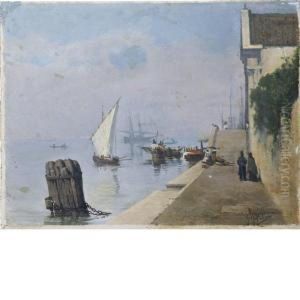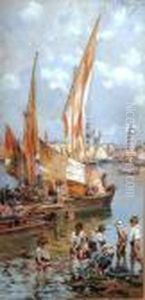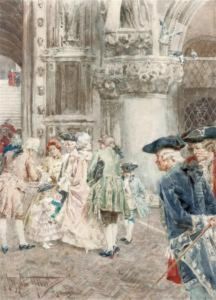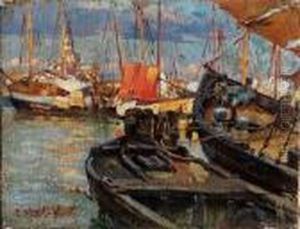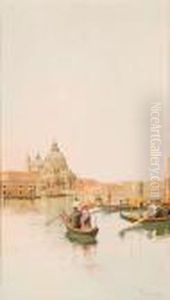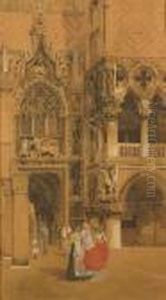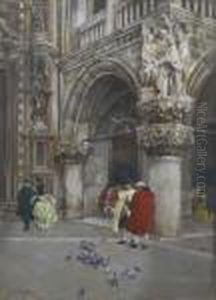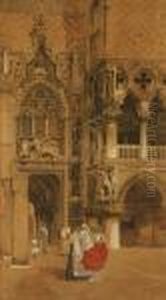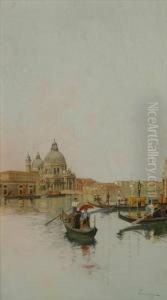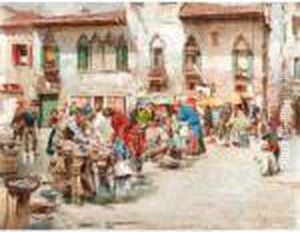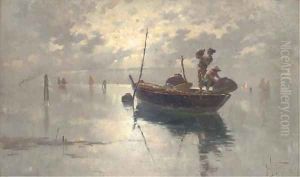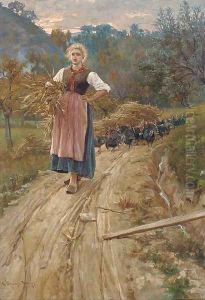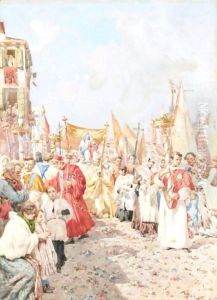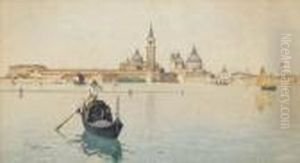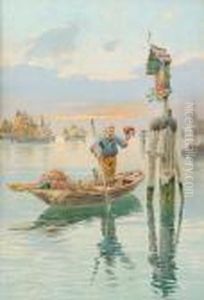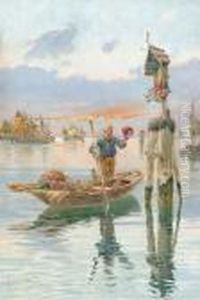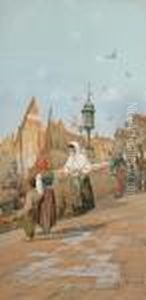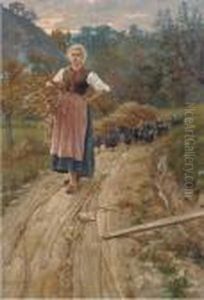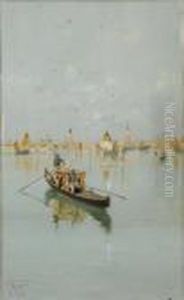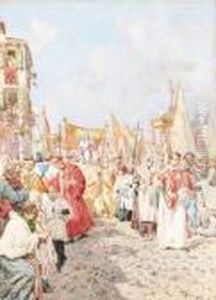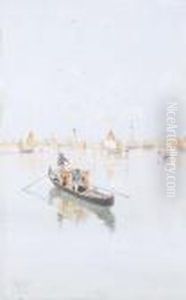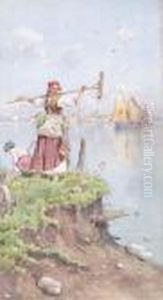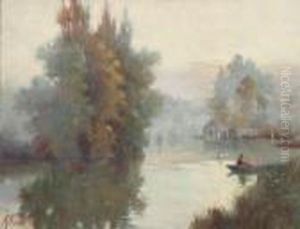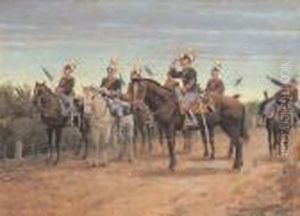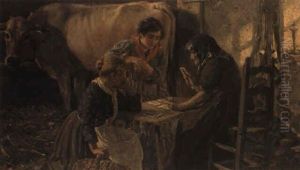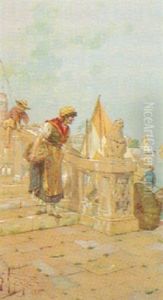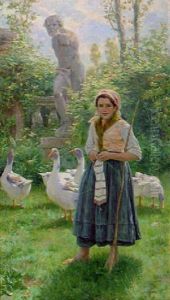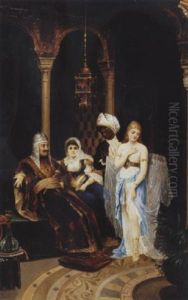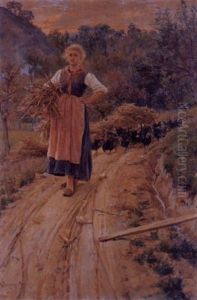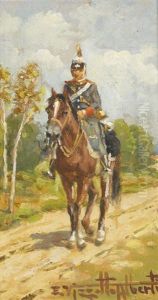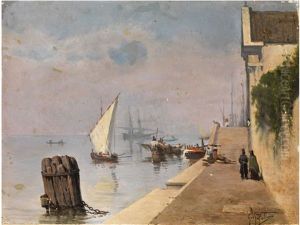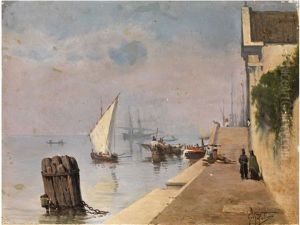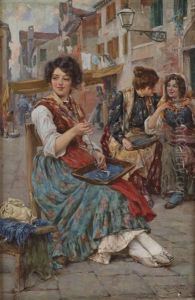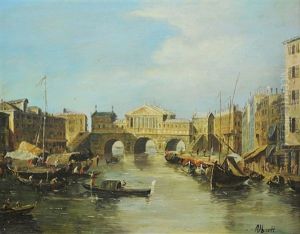Giuseppe Vizzotto Alberti Paintings
Giuseppe Vizzotto Alberti was an Italian painter and engraver born in 1860 in the town of Toscolano Maderno, on the shores of Lake Garda. He is particularly known for his landscapes and scenes depicting the natural beauty and rural life of Italy. Vizzotto Alberti was a part of the Italian art movement at the turn of the 20th century, which was characterized by a departure from the grand historical and mythological themes to focus more on everyday life and the country's natural landscapes.
Educated in the arts from a young age, Vizzotto Alberti trained at the Academy of Fine Arts in Venice, where he was influenced by the works of the great Italian masters as well as the contemporary artistic trends of his time. His works often exhibit a blend of traditional techniques with new approaches to light and color, which was becoming more prominent with the rise of Impressionism.
Throughout his career, Vizzotto Alberti participated in numerous exhibitions and gained recognition for his contributions to Italian art. He was adept not only at painting but also at engraving, showcasing his versatility as an artist. His engravings are noted for their detail and the ability to capture the essence of his subjects, which ranged from landscapes to figures.
Despite his death in 1942, Giuseppe Vizzotto Alberti left behind a legacy that continues to be appreciated by art historians and enthusiasts alike. His works are part of various collections and continue to be studied for their representation of early 20th-century Italian art and the transition in styles during that period. Vizzotto Alberti's commitment to depicting the Italian landscape made him a prominent figure in his regional art scene, and his paintings still evoke the beauty and charm of Italy's countryside and its way of life during his lifetime.
